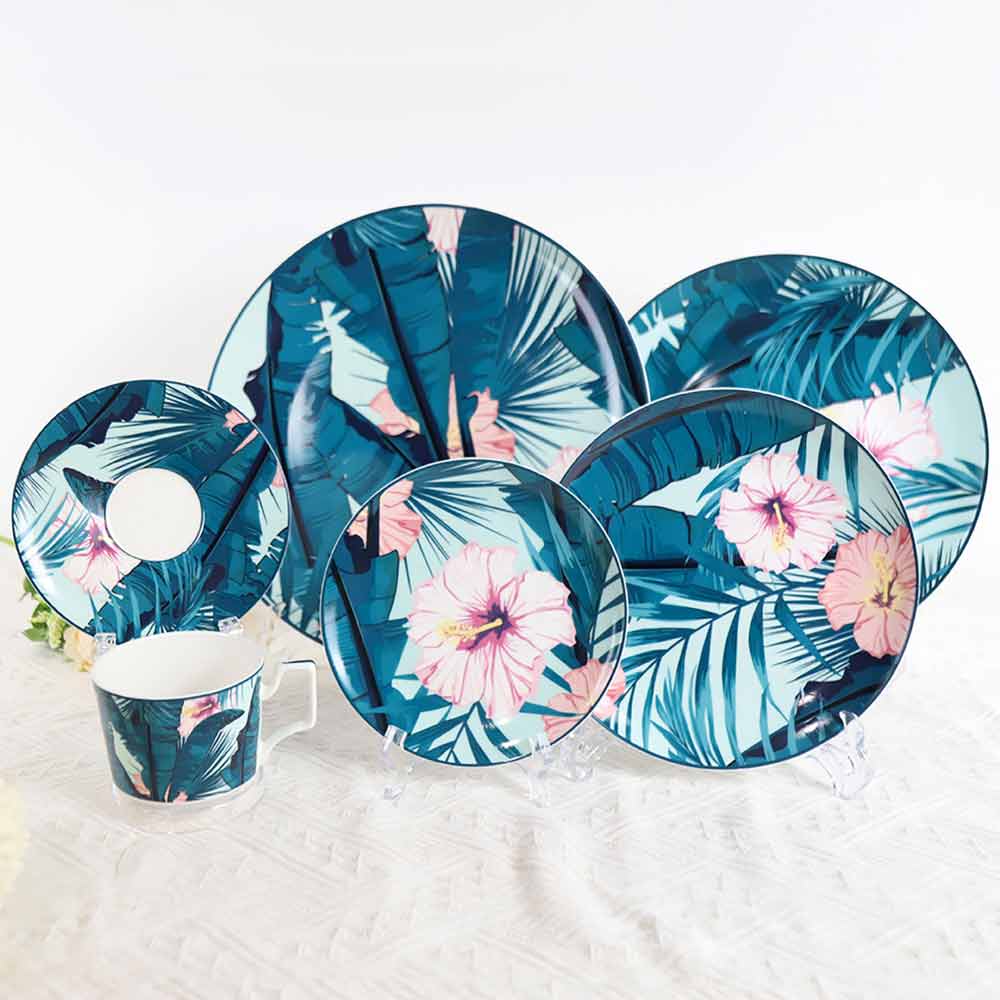The surface of some ceramic dinnerware is partially or completely gray, brown or impure white, and its section is also dark brown. The main reason is that carbon is deposited in the glaze. Before the glaze is melted, there is no oxidation and exclusion, and carbon is deposited on the glaze after the glaze is melted.

The main causes of carbon deposition on the glaze are as follows:
1. The chimney pulling force is too weak, the preheating time with smoke is too long, and the flame flow rate is too slow;
2. When the car is full or the kiln is full, the box column is too tight and the flame flow is not smooth;
3. In the coal-fired tunnel kiln, the preheating flue gas is too thick because the coal is added too quickly, and the fire is not cleared and burned again;
4. If it is fired in an inverted flame kiln, it will be caused by excessively thick burning coal seam, poor high temperature ventilation, and high CO concentration;
5. The coal quality is poor and the flame is short. If the pumping force is too strong, it is easy to make the upper part of the fire block, and the lower part is difficult to clear the smoke. If the coal quality is too good and the volatile matter is high, it is easy to make the atmosphere difficult to change; 6. Oil burning tunnel The content in the oxidation zone of the kiln is too high;
7. In the high-fire heat preservation stage of the tunnel kiln, the burning is too fast, and the rapid cooling air curtain is opened too small, causing the smoke to flow backwards;
8. The oxidizing atmosphere is insufficient, the oxidative decomposition is incomplete or the reducing atmosphere is too strong, and the reduction is not completed after the glaze is completely melted;
9. The temperature of the preheating zone is too low;
10. In the preparation of glaze, there are too many calcium-containing raw materials or too much alkali powder in the injection slurry.